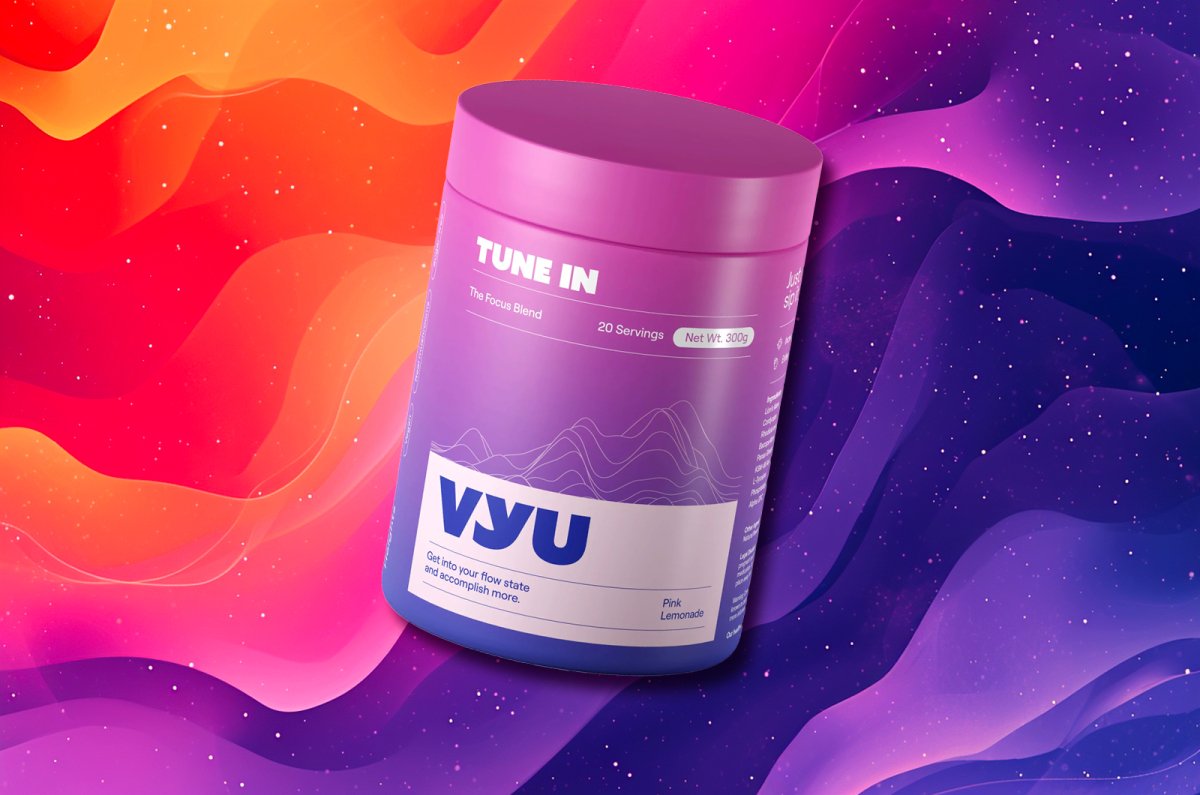

Best Time to Take Rhodiola Rosea
Published:
Updated:
What if the secret to unlocking Rhodiola rosea's full potential lies in its timing? Imagine starting your day with an energy boost that feels natural and uplifting. Recent studies reveal surprising facts about this ancient herb's optimal consumption time.
Keep reading to know the best time to take Rhodiola rosea.
Key Takeaways
- Rhodiola rosea, often called golden root or arctic root, is a powerful adaptogenic herb. It helps the body resist various types of stress, including physical, chemical, and environmental stress.
- This herb is highly valued for reducing fatigue and potentially enhancing brain functions. It's known for balancing cortisol, the stress hormone, and has shown promise in supporting anti-stress, anti-aging, and immune-boosting effects.
- The optimal dosage of Rhodiola rosea varies, ranging from 250 to 750mg per day. It's advised to start with a low dose, especially for stress relief and mood enhancement.
- The best time to take Rhodiola rosea depends on individual needs. Morning doses can boost energy and mood, while evening doses might aid in relaxation and better sleep.
- Generally safe, Rhodiola rosea can have side effects like blood pressure changes, digestive issues, or overstimulation. Those with specific health conditions, particularly blood pressure or diabetes, should consult a healthcare professional before use.
- One of the best ways to try Rhodiola is by using a powdered drink thats functional and versatile and uses the right amount of this herb, like TUNE IN.
Introduction to Rhodiola Rosea
Before moving to the dosage and timing of taking this powerful ingredient, we must properly introduce it. Firstly, Rhodiola rosea is an adaptogenic herb and a nootropic, meaning it can produce cognitive-enhancing effectswhen consumed.
It is a medicinal plant usedin traditional medicine, particularly in the icy zones of Russia and Scandinavia. Sometimes called golden root and arctic root, this plant is known for helping the body resist physical, chemical, and environmental stress.
This characteristic is known as adaptogenic, and many other plants, roots, and mushrooms that help balance the body are known for this too. That said, Rhodiola also has special characteristics like helping with oxidative stress, supporting fatigue and mood boosts.
Users find this useful while using this herb to be more productive at work, get over constant fatigue, or simply feel more energized.
Now, to understand how to properly dosage this plant, it's important to know its potential benefits first. Lets go over its effect and its mechanisms in our body next.
Understanding Rhodiola Rosea and its Benefits
Rhodiola rosea is renowned in traditional medicine systems for its ability to reduce fatigue and potentially enhance cognitive functions, especially when dealing with fatigue, burnout, and stress.
This is all due to being linked to help balance the production of cortisol, a hormone associated with stress levels. Typically, high and regular doses for long periods are recommended in these practices to support fatigue and stress.
Now, thanks to its adaptogenic effects, there is evidence that this herb can help with its anti-stress, anti-aging, and immunostimulating properties.
Other reported benefits include a lower creatine kinase level in patients who exercise, helping in sports performance, and supporting the body thanks to its antioxidant capacity.
Scientists also stated in this research that supplementation could reduce lactate levels and muscle damage after exhaustive exercise sessions.
Having checked some of the main benefits of this plant, lets now go over the optimal dosage and how dosing this plant generally works.
Optimal Dosage of Rhodiola Rosea
Before fully diving into the recommended dosage for this plant, it is always important to consult your healthcare provider to ensure Rhodiola is a safe fit.
Having said that, the optimal dosage for each person can vary depending on their age, metabolism, and general wellness goals.
A dose of Rhodiola rosea extract can range between 250 and 750mg daily. Some people split this into 2 doses, which is usually the reported dosage but might vary depending on the specific product.
Now, healthcare professionals usually recommend starting at a low dose if you want to help with stress relief and mood enhancement. Some pro athletes who might want to benefit from the protection from oxidative stress and lactates could potentially need a higher dose than regular users.
If this is your case, this paper recommends 1,500mg per day, but wed recommend starting with smaller dosages and building up the dose every 2-4 weeks.
Usually, youll find Rhodiola in different presentations, from capsules, tablets, and tinctures to powdered drinks. The general issue with capsules and other forms is the standardization of active compounds, so it is key that you choose products that show all of their ingredients.
Because of that, powdered supplement drinks like TUNE IN that already have the exact amount of Rhodiola that your body needs while mixing other powerful nootropic and ingredients that are fully safe for consumption in a versatile presentation can be helpful if you want to help your focus, mood, and have more energy during the day.
The Best Time to Take Rhodiola Rosea
The best time to take Rhodiola rosea is not set in stone and might depend on your individual needs and health goals. That said, most users who want to feel less exhausted, relaxed, and more energized, might feel better by taking the dose in the morning.
This could help people who want to potentially have more energy or get a mood boost. Others might prefer taking their dose before exercising to perform better at their workout.
However, some people might find that Rhodiola makes them feel relaxed, helps them feel better, and improves their sleep. Because of that, starting with a lower dose is important to see how your body reacts first and even try different timings.
Research suggests that Rhodiola extracts could even have sedative and hypnotic effects, meaning they could be linked to serotonin regulation and GABA. Some users, especially people who dont feel stimulants regularly, might want to test the effects.
Potential Side Effects and Interactions
While Rhodiola is generally considered a well-tolerated and safe herb for most people, it is important to stay within the recommended doses and to be aware of some potential reactions for people who might be sensitive to this ingredient.
People with certain conditions, like high blood pressure or diabetes, might want to consult with a healthcare professional before adding this supplement to their regimen.
Some potential side effects associated with this plant include:
- Allergic reactions
- Interactions with specific medications like antidepressants, anticoagulants, or metabolic drugs
- Blood pressure changes
- Digestive irritation and bowel movement
- Overstimulation or feeling too alert
As with all supplements, it is key that you always check with your healthcare provider before starting, always test with small doses, increase the dosage as you see fit, and always triple-check the products containing Rhodiola rosea to check for the actual content.
Who Should Consider Rhodiola Rosea?
While Rhodiola is considered safe and part of different traditional medicine systems, some people might want to have special consideration to try this plant or, on the other hand, could possibly skip the herb altogether.
Lets first take a look at who should not take Rhodiola.
First, you might not want to try this plant if you experience fatigue regularly, want to optimize your cognitive functions and energy, or want to power up your exercise routines and general recovery.
Now, lets talk about who might want to skip this herb. Look for other herbs if you dont experience fatigue symptoms, take MAOIs (monoamine oxidase inhibitors) or antidepressants, are pregnant, or if you have a bipolar disorder diagnosis.
Final Thoughts
Rhodiola roseais more than just a supplement. It supports our wellness journey with its potential to combat stress, enhance mood, and improve cognitive functions.
Generally, the recommended dosage ranges between 250 and 750mg per person, and most people will feel better with a morning dose. Rhodiola can make some people feel more alert, which is why most people might feel overstimulated when taken during the night.
Now, as with all supplements, dosage can get a little tricky at first. It's crucial for you first to touch base with a healthcare professional, as your individual needs and health conditions might vary, and some specific users, like pregnant women and antidepressant users, should look for otherproducts instead.
Remember to only use products with safe ingredients and the right amount of specific ingredients, especially with nootropics like Rhodiola, like the versatile powdered supplement drink TUNE IN.
Best Time to Take Rhodiola Rosea: FAQs
Should I Take Rhodiola in the Morning or at Night?
It is advised to take Rhodiola in the morning, as it can boost energy levels and improve your focus for the day ahead. Evening doses might be better if you want to relax, but some people might get a stimulant effect, so start with morning doses instead.
Should Rhodiola Be Taken in the AM or PM?
Rhodiola can work better if taken in AM routines, as most people feel a stimulant effect that makes them feel awake and focused. So try what fits best to your routine and general body reaction.
Does Rhodiola Make You Sleepy?
Rhodiola usually does not induce sleepiness in most people; instead, it creates a stimulant or alert effect. However, individual reactions might vary, especially if stimulants like caffeine make you sleepy, so make sure to talk with your healthcare provider first.
Why Take Rhodiola on an Empty Stomach?
Taking Rhodiola on an empty stomach can help you better absorb it and even have a quicker onset, especially regarding effects like mental alertness and fatigue reduction. That said, if you have a sensitive stomach, you might want light food to avoid irritation or bowel movement.
VYU Blog Disclaimer
The information provided on the VYU blog is intended solely for informational and entertainment purposes. It should not be used as a substitute for professional medical advice, diagnosis, or treatment.
Always seek the advice of your physician or other qualified health provider with any questions you may have regarding a medical condition or treatment and before undertaking a new healthcare regimen. Never disregard professional medical advice or delay in seeking it because of something you have read on this website.
For more information, check out our FAQs and contact page.
Blog posts
-

Host Defense vs. Om Mushrooms vs. VYU
Compare Host Defense, Om Mushrooms, and VYU for your health journey. Find out which offers the best blend of taste and benefits. Elevate your wellness today! -

Genius Mushrooms vs. Om Mushroom vs. VYU
Learn why VYU is the superior choice for functional beverages, offering exceptional taste and health benefits to boost your mental performance -

Om Mushrooms vs. Four Sigmatic vs. VYU
Compare Om Mushrooms, Four Sigmatic, and VYU for your health journey. Choose the ideal beverage to boost your wellness today!
Sign up to our productivity newsletter
and get 10% off your first order.



